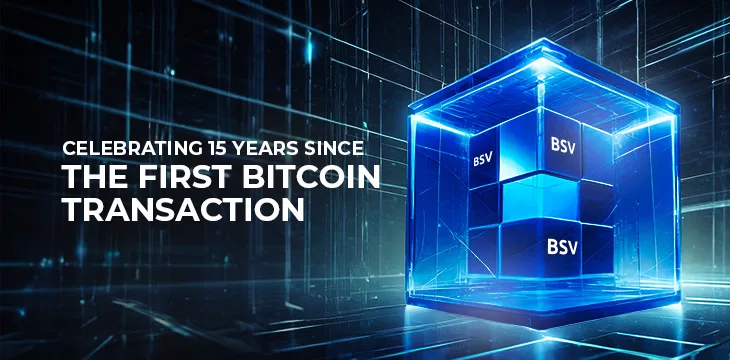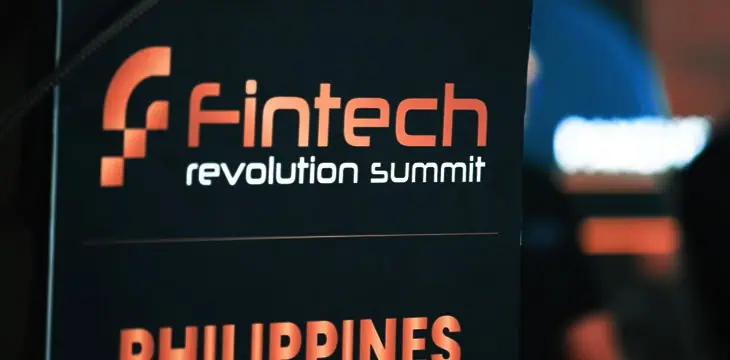|
Getting your Trinity Audio player ready...
|
On January 12, 2009, Satoshi Nakamoto sent Hal Finney the first Bitcoin transaction.
This momentous event may have been noticed by a few at the time, but its significance in the history of Bitcoin can not be overstated. The first transaction on the purely peer to peer electronic cash system was worth 10 bitcoins, but they had no monetary value then.
The transaction is forever recorded on the immutable Bitcoin ledger for all to verify. That’s another reason why Bitcoin should be left as Satoshi originally designed it; had this transaction gone through some convoluted system like the Lightning Network, it would likely be lost to history with no easy way to look back and verify.
Was Hal Finney Satoshi Nakamoto?
Finney, being the recipient of the first Bitcoin transaction and being one of the earliest to post about “running Bitcoin” on Twitter, has led many to speculate that he was Satoshi Nakamoto.
However, that’s not the case. As well as the logical reasons outlined by Kurt Wuckert Jr. here, Finney’s widow, Fran Finney, recently dismissed the idea and requested that people stop labeling her late husband Bitcoin’s creator. She said the speculation had made for a bad end to his life.
“I will always resent that,” she stated.
"It was a bad end to his life. I will always resent that."
If you are someone who once thought/thinks Hal Finney may be Satoshi Nakamoto, it's worth taking a few minutes to watch this powerful clip of @franfinney opening up about what those claims have done to their family. Her… pic.twitter.com/ywG11ef68O
— Natalie Brunell ⚡️ (@natbrunell) January 5, 2024
Bitcoin is a peer-to-peer electronic cash system
Even a cursory read of the Bitcoin white paper reveals that BTC has strayed far from the purpose Satoshi envisioned. Those who read it will discover that it was designed as a peer-to-peer electronic cash system. It’s not digital gold, and it never will be; the economics of that simply don’t work.
As the BTC ETFs pass and potentially send the price higher, it’s the perfect time to pause and reflect. Did Satoshi really design Bitcoin as a tool for Wall Street speculation? Can this price appreciation go on forever? When it does reach its maximum value as determined by the market, what then? How will miners be sustained as halving happens every four years or so? What will this mean for fees and the micropayments Nakamoto talked about?
Asking these questions inevitably leads to one conclusion: BTC is unsustainable because it was never meant to be digital gold. While Finney did speculate that it would become some sort of reserve currency used by banks, he was incorrect about that. Bitcoin only works as cash, and big blocks with lots of microtransactions in them are the only way to make the system work in the long run.
As we celebrate 15 years since the first Bitcoin transaction, let’s reflect on its true purpose: a peer-to-peer electronic cash system capable of micro and nano transactions. Finney was the recipient of the first transaction that kicked this revolution off, and while he has since passed on, he’ll be forever remembered in Bitcoin history—it’s etched in the immutable ledger for good!
Watch: On the very start of Bitcoin

 06-07-2025
06-07-2025 





